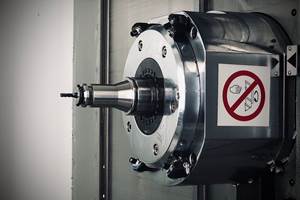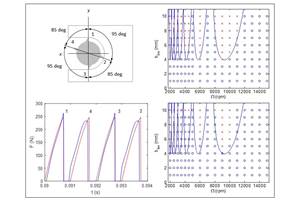An important consideration in any effort to expand capabilities is that efficiency depends on all elements in the manufacturing process to work together effectively. One example is the experience of Tula Machine, a Chicago-area manufacturer that recently installed its first high speed and five-axis machining centers. However, taking advantage of these machines’ advanced capabilities would require another investment—a series of cutting tools from SGS Tool Company. These tools enabled the shop’s new equipment to perform at full potential, significantly reducing cycle time and throughput while maintaining the high quality on which the company has built its reputation.
Based in St. Charles, Illinois, Tula Machine takes on work ranging from prototype jobs to production runs involving thousands of parts. Founded in 1946, the shop is owned by Richard Simmermon, who bought the company in 1995. This is a family business—Mr. Simmermon’s daughter, Sherri Bertram, works in the front office, and his sons Jeff and Tim work on the shop floor. Tula had always been known for its precision turning work, but when customers began to ask for help solving new and different challenges, the Simmermon family knew the business had to evolve. The shop would need more advanced equipment to offer customers greater capabilities while still providing high-quality parts, all with fast turnaround and at the best possible price.
The first high speed machine arrived in 2008 in response to demand for tight-tolerance, nonferrous parts that required delivery at short notice. Last year, the shop added five-axis milling to its list of services and began taking on more complex components. “After making these strategic equipment purchases, we found ourselves in a position to pursue new and different types of business,” Tim Simmermon says. “However, cycle times were still long, and we weren’t really gaining the kind of efficiencies for which we had hoped.”
While experimenting to improve cycle time on a part the shop produces for top NASCAR teams, Mr. Simmermon discovered that the problem wasn’t anything inherent to the machines themselves. Rather, the primary factor limiting the efficiency of the model used in this application—a new VMC from Hass Automation (Oxnard, California)—was tooling. He decided to challenge his local distributor to help him explore how new cutters might enable the shop to fully maximize the benefits of this VMC and other new equipment.
The distributor introduced Mr. Simmermon to Cliff Carrignan, sales engineer for SGS Tool Company (Munroe Falls, Ohio). Mr. Carrignan recommended testing a series of carbide tools from SGS’ high-performance line on the NASCAR part, which was machined from an aluminum billet that involves significant material removal relative to its size.
Completing the component required nine separate operations using five tools. These included three high-performance end mills—the Series 43 three-flute S-Carb; the Series 47 two-flute S-Carb; and the Series 44 Ski-Carb—as well as the Series 1 Standard end mill and the 135 Hi-Per Carb drill. The test was conducted on a Haas VF-3 SS featuring a 12,000-rpm, 40-taper spindle connected to the motor via an inline, direct-drive system powered by a 30-hp vector drive; high speed rapids; and a high speed, side-mounted tool changer.
As it turned out, the retooling enabled the shop to dramatically increase operating parameters, reducing overall cycle time on the part by 56 percent without compromising quality (see a table detailing the full test results for each separate tool and operation in the sidebar below). Jason Wells, product manager at SGS, says that aside from one operation using SGS’ general purpose end mill, in which productivity gains resulted from a higher-quality material and grind, most improvements stemmed from tool geometry.
For example, the S-Carb end mill, which the company uses in both a three-flute and two-flute version for different operations, features a circular land that stabilizes the tool in the cut as well as flutes that are specially engineered to facilitate the rapid movement of large volumes of chips. Both features aid in aggressive milling applications, Mr. Wells says. Compared to the previous long-flute cutter used to interpolate a corner on Tula’s test part, this tool not only ran faster, but also produced higher-quality surface finish. “Most parts are designed with standard inside corner radii, such as ¼ inch, 3/8 inch and others,” Mr. Simmermon explains. “Typically you need to use a smaller tool to interpolate that corner and get a good finish. The design of the S-Carb allows us to take a ½-inch tool and create a ¼-inch inside radius without any chatter.”
Many of the S-Carb’s design features were derived from the Ski-Carb end mill, one of SGS’ original high-performance aluminum tools. Used on one of the nine operations needed to complete Tula’s test part, the Ski-Carb ran at double the rpm and more than triple the feed rate of the company’s previous general purpose end mill, improving productivity by 313 percent. Like the S-Carb, this tool incorporates a circular land that reduces edge aggressiveness and limits chatter during corner milling. High rake and helix angels provide greater shearing ability without reducing edge strength, Mr. Wells says. Meanwhile, the specially designed “Ski” land for which the tool is named—basically a flute within a flute—controls chip size and aids in chip evacuation.
The Hi-Per Carb drill was used for two operations during machining of the test part. In one of these operations, the drill replaced three different tools: a cobalt drill used to start the hole, a cobalt flat-bottom drill used to cut to depth and a carbide reamer used to provide the needed surface finish. Mr. Wells says the Hi-Per Carb’s notched, 145-degree, self-centering point eliminated the need for spot drilling, while its helical, double-margin design increased stability and provided the necessary surface finish without a separate reaming operation. “A typical drill has two margins that provide the only points of stability, whereas the Hi-Per Carb has four margins—two on each side,” he explains. “In addition to keeping the drill rigid during the cut, the trailing margins burnish the surface of the workpiece to provide a reamer-like surface finish.”
Tula manufactures 300 of these parts per year, and with SGS tooling, the shop has gained 24.5 minutes per part. That translates to more than 120 hours per year of extra capacity on this machine—an amount equivalent to an entire week of 24-7 production time. “The thing I remember most about that day was that I programmed the job using the feeds and speeds right out of the SGS catalog,” Mr. Simmermon recalls. “From my previous experience, published feeds and speeds are usually nowhere near where the tool ends up running. When a new tool came up, I would look at Cliff and say, ‘Really? 165 inches per minute?’ He would just nod and smile.”
Test Results
|
SGS Tool
|
Previous RPM
|
Previous Feed Rate
|
SGS RPM
|
SGS Feed Rate
|
Results Summary
|
|
Series 43 S-Carb
|
6000
|
60
|
10,186
|
165
|
275% operation time reduction
|
|
Series 44 Ski-Carb
|
6000
|
40
|
12,000
|
125
|
313% operation time reduction
|
|
Series 135 Hi-Per Carb Drill
|
2600
|
8
|
10,232
|
40
|
500% operation time reduction
|
|
Series 43 S-Carb
|
6000
|
30
|
12,000
|
84
|
300% operation time reduction
|
|
Series 1 Standard End Mill
|
6000
|
10
|
12,000
|
38
|
380% operation time reduction
|
|
Series 47B S-Carb
|
6000
|
10
|
12,000
|
65
|
650% operation time reduction
|
|
Series 47B S-Carb
|
4000
|
15
|
12,000
|
35
|
233% operation time reduction
|
|
Series 1 Standard End Mill
|
6000
|
15
|
12,000
|
24
|
160% operation time reduction
|
|
Series 135 Hi-Per Carb Drill
|
NA
|
NA
|
8,953
|
35
|
Replaced 3 tools (Drill, Flat Bottom Drill & Reamer)
|
|
|
Original Cycle Time
|
44 Mins.
|
SGS Cycle Time
|
19.5 Mins.
|
Overall cycle time reduced by 56 percent
|






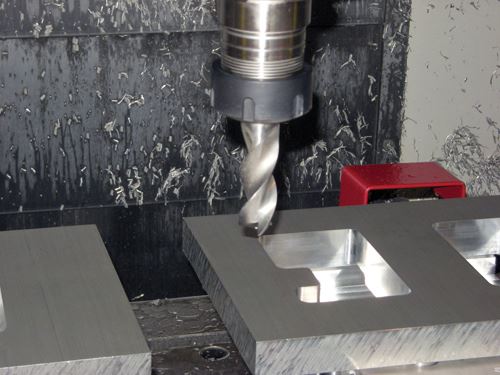
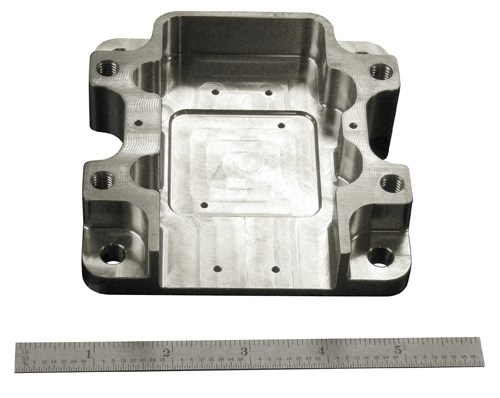
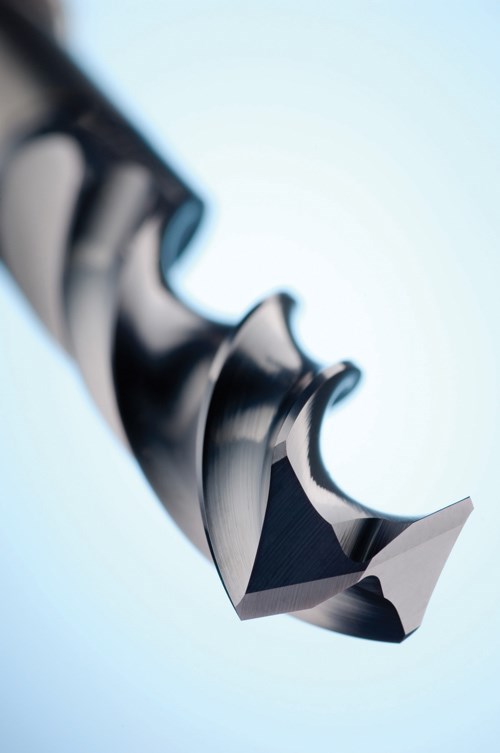






















.jpg;maxWidth=300;quality=90)





